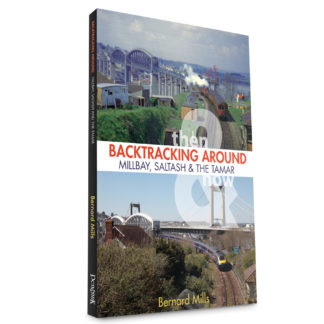Anyone visiting, or communicating with, the National Marine Aquarium will probably be aware that its address is “The Ropewalk, Coxside”, what might not be quite so evident is why it is called the Ropewalk. The answer is quite simple; before work ever began on the Dockyard at Devonport, Coxside sported a number of shipyards and the ships that were built there were, of course, all powered by wind and sail. Those sails were all kept in place by ropes and as it made sense for all elements of ship construction to be as close as possible to each other, there was, at Teat’s Hill a large and impressive Rope Walk. It survived well into the nineteenth century and until that time all rope would have been spun by hand – and generally in the open air – the spinner walking backwards letting out fibres from a supply at his waist as another man or boy would turn a hand wheel so that the yarn would be twisted together to form a strand.
Our earliest record of this Ropewalk, in the middle of the seventeenth century, has it in the possession of one Thomas Teat, whose name has long since been preserved herein the name of the hill, although it is probably not as high now as it was originally. It is likely, incidentally that Teat’s rope walk was in region of 1,000 feet (300 metres) long.



